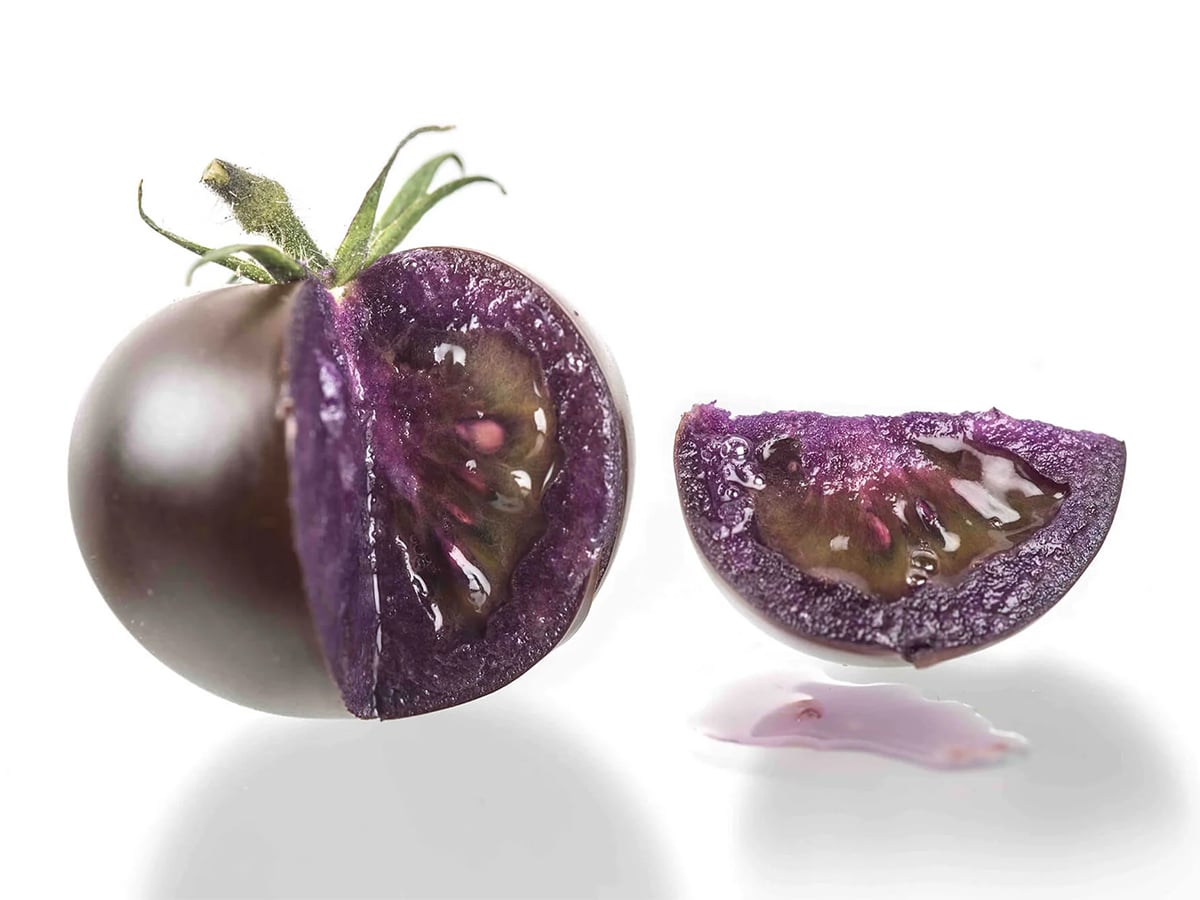Regulatory changes are in the federal pipeline that would allow pedigreed seed blends, now sold to help prevent pesticide tolerance, to carry pedigree papers.
The government on Saturday published its proposed amendments to the Seeds Regulations to clarify the grading, labelling and advertising requirements for seed of plant pest tolerance management (PPTM) varietal blends.
The proposed changes are up for a 30-day comment period, ending Dec. 6.
Read Also

Selling GMO tomato seeds to Canadian gardeners ‘reckless’ say advocates
Selling genetically-modified purple tomato seeds to home gardeners could raise the risk of contamination of organic vegetable varieties and hamper farmers’ ability to save their own seed, say a group of advocates.
PPTM varietal blends have been introduced in recent growing seasons as a way to prolong a pest-tolerant variety’s effectiveness.
For example, the government said, a varietal blend tolerant to the orange blossom wheat midge pest stands to reduce current producer losses by an estimated $74 million per year.
“Furthermore, the use of PPTM varietal blends would have a positive impact on the environment through the reduction of pesticide applications,” the government said.
The current regulations don’t clearly define the requirements for grading, labelling and advertising of seed of varietal blends of two or more varieties of the same species for the major agricultural crop kinds such as wheat, corn and soybeans.
As a consequence, there are no clear grading, labelling and advertising requirements for seed of plant pest tolerance management (PPTM) varietal blends such as those intended for the management of the characteristic that confers tolerance to orange blossom wheat midge (WM) in wheat.
The amendments would make clear that seed of PPTM varietal blends can be graded with Canada pedigreed grade names — say, “Canada Certified No. 1” — in the same way as seed of a single variety, if it meets the varietal purity and seed quality standards for that crop kind.
The proposed amendments would also more “clearly define” the requirements for grading, labelling and advertising of PPTM varietal blends, “to ensure their truthful representation in the marketplace.”
Cropping with a PPTM blend involves seeding a small percentage of a plant variety susceptible to a specific pest sporadically within a field of a plant variety tolerant to a pest.
Having a refuge for a targeted pest cuts down on the probability that random mutations in the pest that otherwise allow it to overcome the tolerance characteristic in the plants would become persistent and widespread.
The amendments, which would apply to the major kinds of crops grown in Canada, are based on feedback gathered during a recent series of consultations with plant breeders, grain producers and seed distributors, the government said.














